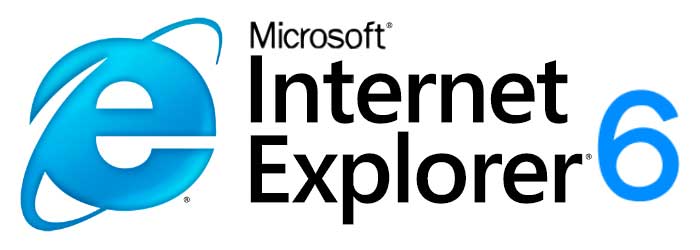Friends don’t let friends use Internet Explorer 6.
 Earlier this year, Microsoft launched The Internet Explorer Countdown, a campaign to stop web users from using Internet Explorer 6 and upgrade to a newer version. I’ve never seen anything like that. A company telling customers to stop using its product, even if it’s a legacy version. It gives you some idea of how vulnerable the browser is. Globally, 10.9% of Windows users are still using this version of the browser, according to the countdown website. This percentage shoots up in certain countries, roughly 33.9% in China, 22.3% in South Korea and 11.5 % in India.
Earlier this year, Microsoft launched The Internet Explorer Countdown, a campaign to stop web users from using Internet Explorer 6 and upgrade to a newer version. I’ve never seen anything like that. A company telling customers to stop using its product, even if it’s a legacy version. It gives you some idea of how vulnerable the browser is. Globally, 10.9% of Windows users are still using this version of the browser, according to the countdown website. This percentage shoots up in certain countries, roughly 33.9% in China, 22.3% in South Korea and 11.5 % in India.
IE6 – Slow, Vulnerable, Non-Compliant
Internet Explorer 6 is a relic of the browser wars. It has been largely non-compliant with developing web standards, resulting in less efficient designs and higher costs to businesses struggling to reach a broader web audience. Routinely, designers build sites using current web standards, then they test their sites on various browsers and generally watch much of the design break down in IE6, requiring additional coding and testing.
We know many designers and developers who have stopped supporting IE6 altogether. Our own company currently supports IE6 only for clients whose primary expected web visitors are from geographic locations where IE6 usage is still significant, roughly over 15%.
In addition to its lack of support for web standards, IE6 has been notoriously plagued with security issues, requiring frequent updates and patches. This version is also slow to render web pages, resulting in a cumbersome web experience for IE6 users.
Available Internet Explorer Upgrades
Over the last 10 years, Microsoft has released countless security patches for IE6 but the browser remains popular because it is the version that shipped with Windows XP and users have been, for whatever reason, reluctant to upgrade, despite improvements:
- In 2006, Microsoft released IE7 which introduced tabbed browsing
- In 2009, the company released IE8 which was the first to pass a web standards test
- IE8 passed Acid2 but scored 20/100 in the Acid3 test. The Acid tests are part of the Web Standards Project to determine the extent of a browser’s compliance with web standards. These standards are important because they promote a universal language or coding method for the world wide web so that websites function predictably regardless of which browser a web user chooses to access the Internet with
- In March 2011 Microsoft released IE9 which featured hardware-accelerated graphics for faster web surfing
- IE9 was also the first modern version of Internet Explorer to significantly support web standards, including Html5 video and audio tags and scored 95/100 in the Acid3 test
- IE9 requires Windows Vista or Windows 7; it cannot run on Windows XP because XP does not support Direct2D graphics rendering
Given its inherent security vulnerabilities, extreme sluggishness and failure to render common web standards that have been used to develop websites over the last several years, Internet Explorer 6 is just not good enough for today’s Internet. People still using IE6 are going to surf faster, safer and better with a more current web browser. Join the cause and upgrade your web browser today!








Leave a Reply